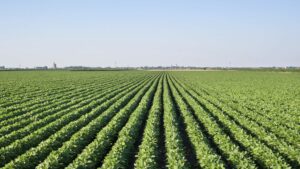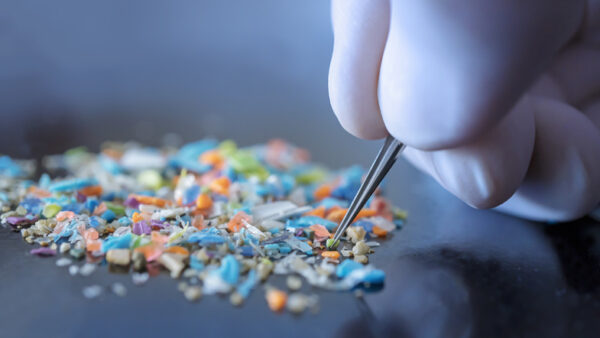Our global innovations — not to mention our seed innovations — are moving so fast that one wonders if we’re driving too fast without prudent guideposts. That’s what policy discussions are for… to foresee the “damaged guardrails” up ahead on a curve that we can’t see. Some call these black swan events, sometimes it’s just we don’t know what we don’t know.
So, I did a little experiment using the latest innovation… artificial intelligence (AI) ChatGP4. I asked “HAL”: “How we would feed 9 billion people on this planet?” This is what “HAL” returned to my inquiry…
How do we feed 9 billion people?
Feeding 9 billion people by 2050 is a major challenge that requires a comprehensive strategy that addresses the entire food system, from production to consumption. Here are some of the key solutions that have been proposed:
Increase agricultural productivity: To meet the growing demand for food, we need to produce more food from the same amount of land. This can be achieved through the use of improved crop varieties, better farming practices, and advanced farming technologies like precision agriculture and robotics.
Reduce food waste: An estimated one-third of all food produced in the world is lost or wasted, which is equivalent to 1.3 billion tons of food per year. Reducing food waste can help to increase the availability of food and reduce the environmental impact of food production.
Shift to sustainable agriculture: Current agricultural practices are often unsustainable, causing environmental degradation and reducing the long-term productivity of the land. Shifting to more sustainable practices like agroforestry, conservation agriculture, and organic farming can help to maintain the productivity of the land while reducing the environmental impact of agriculture.
Promote dietary shifts: The type of food that we eat has a significant impact on the sustainability of the food system. Promoting dietary shifts towards more plant-based diets can help to reduce the environmental impact of food production, while also improving human health.
Enhance food distribution: Improving the distribution of food can help to ensure that everyone has access to an adequate supply of food. This can be achieved through better infrastructure, such as roads and storage facilities, and through more efficient supply chains.
In conclusion, feeding 9 billion people by 2050 requires a coordinated and comprehensive approach that addresses the entire food system. By increasing agricultural productivity, reducing food waste, shifting to sustainable agriculture, promoting dietary shifts, and enhancing food distribution, we can create a more sustainable and equitable food system for everyone.
Not one mention on what motivators would drive these innovations by private industry, understanding the self-imposed limitations of government. I see a lot of thoughts on how other people should have skin in the game, but NOT the policymakers or academics. Intellectual property protection is one motivator that incentives private industry to innovate, especially with seed innovations.
I’ve always believed in NOT listening to what people say, but WATCH what they do.
After reviewing what “HAL” spewed forth, it made me wonder that maybe our visionary thought leader Elon Musk was right about AI … let’s halt AI for 6 months to think this through.
That, my friends, is what policy is supposed to do … protect us from ourselves.













